Attack
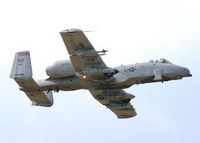 | A-10 Thunderbolt II drops several flares after destroying a ground target during a live-fire engagement as part of Air Warrior II |
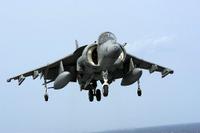 | An AV-8B Harrier II+, assigned to the “Bulldogs” of Marine Attack Squadron Two Two Three (VMA-223), prepares for landing over the flight deck |
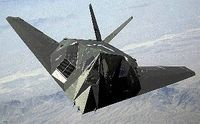 | An F-117 Nighthawk flies over the Nevada desert. The unique design of the single-seat F-117 provides exceptional combat capabilities. |
Bombers
 | A B-2 Spirit soars through the sky after a refueling mission here May 2. The B-2 is assigned to the 393rd Expeditionary Bomb Squadron from Whiteman Air Force Base, Mo. |
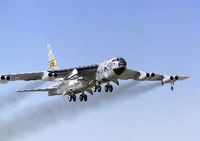 | NASA's B-52B launch aircraft takes off carrying an X-43A hypersonic research aircraft on an evaluation flight Sept. 27. |
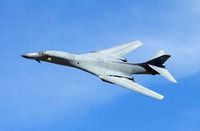 | A B-1 Lancer performs a fly-by during a firepower demonstration here recently. The bomber is from the 7th Bomb Wing at Dyess Air Force Base, Texas. |
Fighters
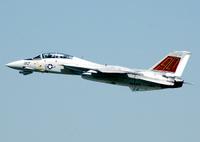 | An F-14D Tomcat, assigned to the “Grim Reapers” of Fighter Squadron One Zero One (VF-101), takes off on an acceptance flight from Naval Air Station Oceana, Va. |
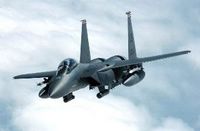 | An F-15E Strike Eagle from the 494th Fighter Squadron, Royal Air Force Lakenheath, United Kingdom, banks away after receiving fuel during a training mission |
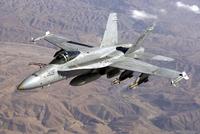 | F-18 'Hornet' flies in the post-contact position during an aerial refueling mission with a KC-135R from the 319th Air Expeditionary Group. |
 | the F/A-22 Raptor program is nearing completion of a 13-year development program. (U.S. Air Force photo Judson Brohmer) |
Helicopters
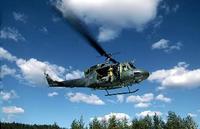 | UH-1N Huey -- The UH-1N Huey is a light-lift Air Force utility helicopter used for support of Department of Defense contingency plans. The helicopter has a number of uses. |
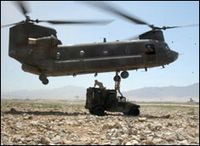 | CH-47 Chinook helicopter during an operation near Bagram, Afghanistan. The Soldiers are assigned to the 25th Infantry Division, |
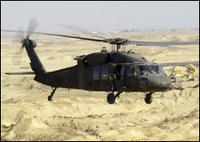 | UH-60L Blackhawk helicopter flies a low-level mission over Iraq. Army aviation assets are playing a key role in Operation Iraqi Freedom |
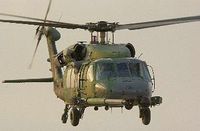 | HH-60G Pave Hawk flies through the sky after refueling from an HC-130P Combat Shadow during a training mission |
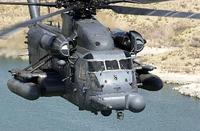 | MH-53J Pave Low IIIE heavy-lift helicopter is the largest, most powerful and technologically advanced helicopter in the Air Force inventory. |
Recon
 | An E-2C Hawkeye, assigned to the 'Seahawks' of Carrier Airborne Early Warning Squadron One Two Six (VAW-126), takes to the air after conducting a touch-and-go landing |
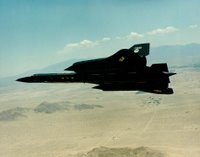 | SR-71 Blackbird- The Lockheed SR-71 remains one of the most exotic and mysterious aircraft of all time. |
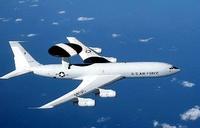 | The E-3 Sentry is an airborne warning and control system aircraft that provides all-weather surveillance, command, control and communications |
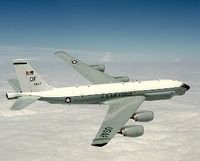 | An RC-135U Combat Sent aircraft flies a training mission from Offutt Air Force Base, Neb. There are only two Combat Sent aircraft in the Air Force inventory |
Special Duty
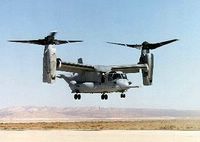 | the CV-22 Osprey looks like a helicopter on the ground with two sets of propeller rotors on each wing tip. Once airborne, the rotors tilt forward |
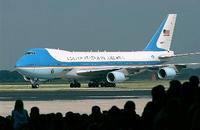 | Air Force One carrying President George W. Bush taxies on the flightline here June 16. The president delivered a speech that was broadcast live to servicemembers worldwide. |
Tankers
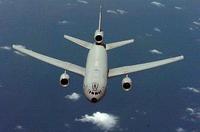 | A KC-10A Extender from the 6th Air Refueling Squadron, Travis Air Force Base, Calif., cruises on a mission while deployed to the 2nd Air Expeditionary Group, |
Trainers
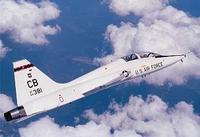 | The T-38 Talon is a twin-engine, high-altitude, supersonic jet trainer used in a variety of roles because of its design, economy of operations, ease of maintenance, high performance and exceptional safety record |
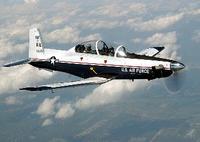 | The T-6A Texan II is a single-engine, two-seat primary trainer designed to train Joint Primary Pilot Training, or JPPT, students in basic flying skills |
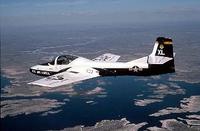 | A T-37 Tweet aircraft from the 85th Fighter Training Squadron, Laughlin AFB, Texas, flies over Lake Amistad during a training mission. |
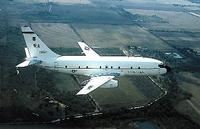 | The T-43A is a medium-range, swept-wing jet aircraft equipped with modern navigation and communications equipment to train navigators for strategic and tactical aircraft. |
Transport
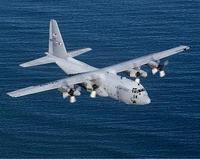 | A C-130 Hercules from the 2nd Airlift Squadron, Pope Air Force Base, N.C., flies over the Atlantic Ocean. |
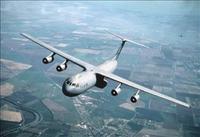 | The C-141 Starlifter is the workhorse of the Air Mobility Command. The Starlifter fulfills the vast spectrum of airlift requirements |
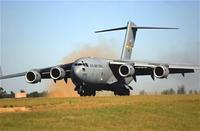 | A C-17 Globemaster III from the 437th Airlift Wing at Charleston Air Force Base, S.C., performs a combat landing during an incentive flight here recently. |
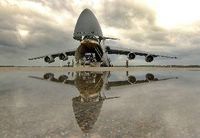 | C-5 Galaxy - Airmen unload vehicles from a C-5 Galaxy here June 11. during Exercise Golden Medic. U.S. Air Force photo. |
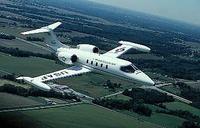 | The C-21A provides cargo and passenger airlift and can transport litters during medical evacuations. The C-21A's turbofan engines are pod-mounted on the sides of the rear fuselage. |
X Planes
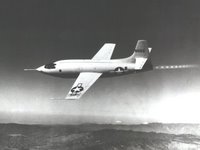 | Bell X-1 Rocket Plane - The Bell X-1 rocket research plane was, of course, the world's first aircraft to break the 'sound barrier'. |
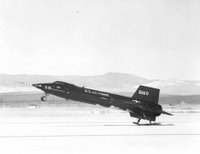 | North American's X-15 - X-15 The X-plane with the longest and most successful career was North American's X-15. |
Information presented on Air Force Link is considered public information and may be distributed or copied. Use of appropriate byline/photo/image credits is requested.
All information on navy.mil is public domain and may be distributed or copied unless otherwise specified. Use of appropriate byline/photo/image credits is requested
Images on the Army Web site are cleared for release and are considered in the public domain. Request credit be given as "Photo Courtesy of U.S. Army" and credit to individual photographer whenever possible.
Generally speaking, works created by U.S. Government employees are not eligible for copyright protection in the United States. See
Circular 1 "COPYRIGHT BASICS" from the U.S. Copyright Office.











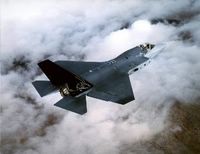






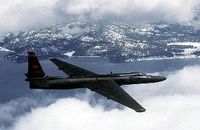


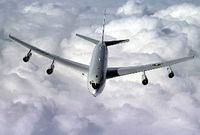




























3 comments:
Just a footnote: not all information on air force link is public domain. Artwork found there is often created and donated by third parties for non-commercial use, and is still protected by copyright.
How do I post an image?
hey paul what's the picture and where do you want to post it?
Post a Comment